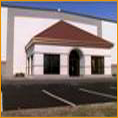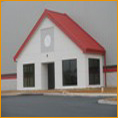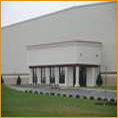Code Creep
Every three years, our friends at the International Codes Council promulgate a whole new series of codes and regulations related to building construction. 2024 is the latest scheduled release of the newest versions of all the different codes. They are up to 19 different iterations from: the Building, Plumbing and



